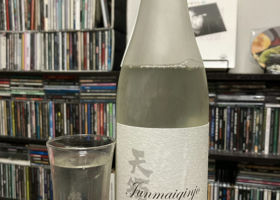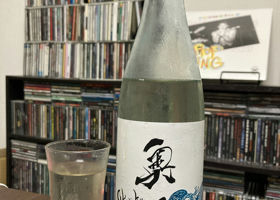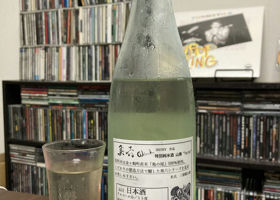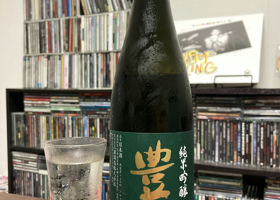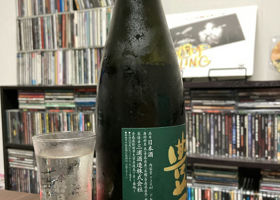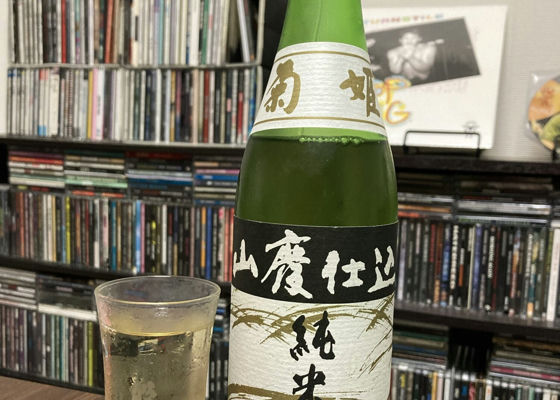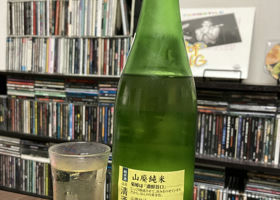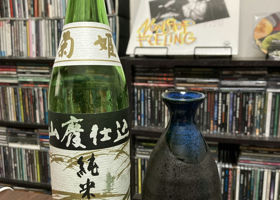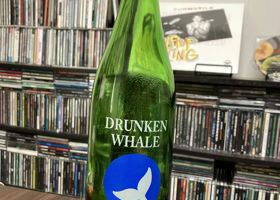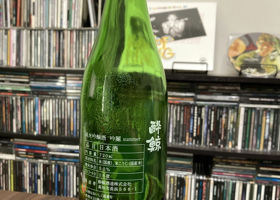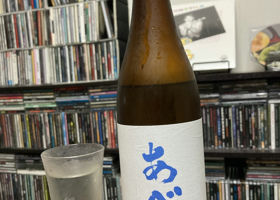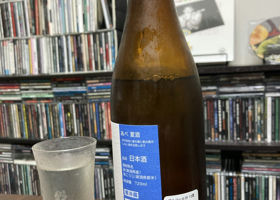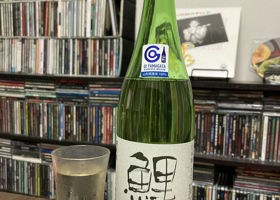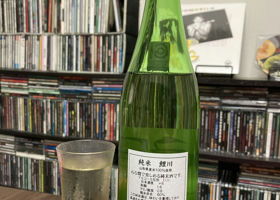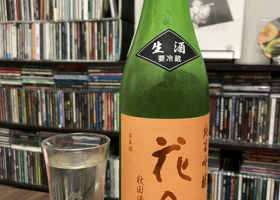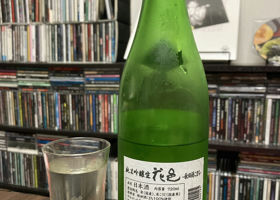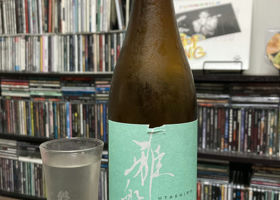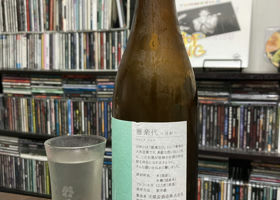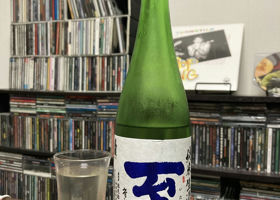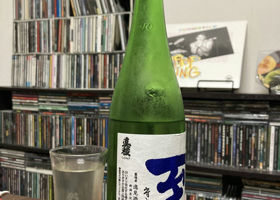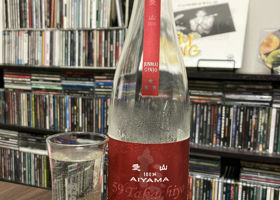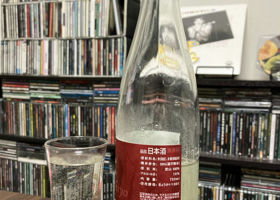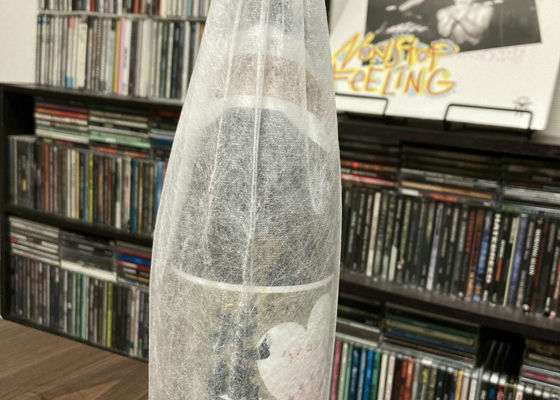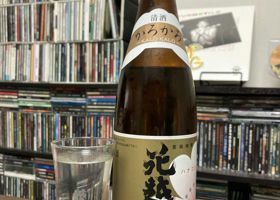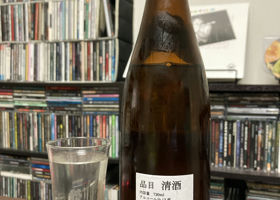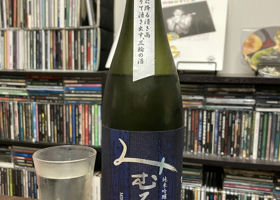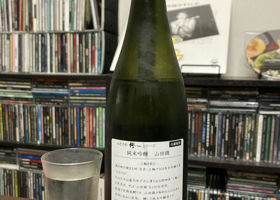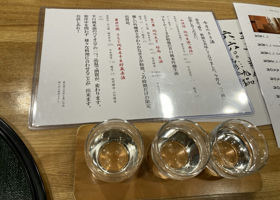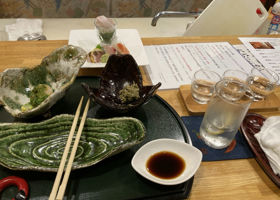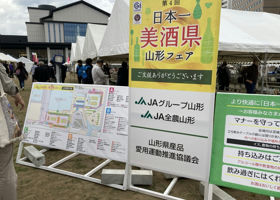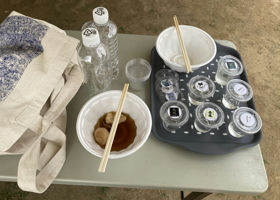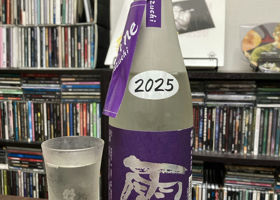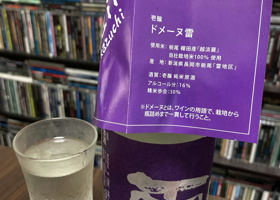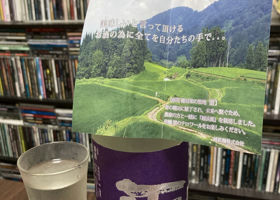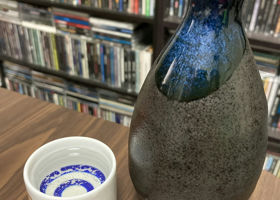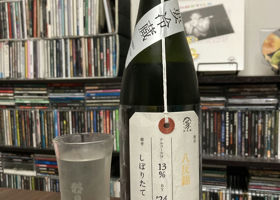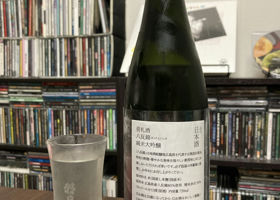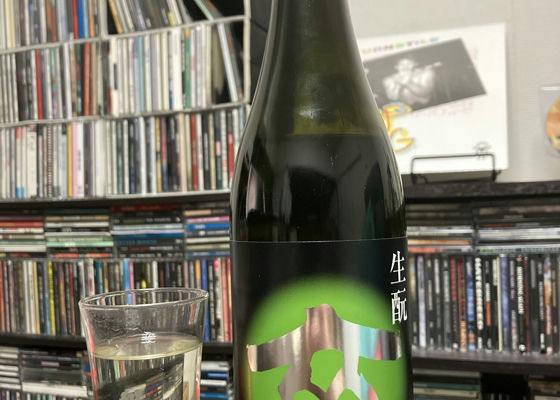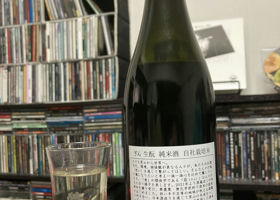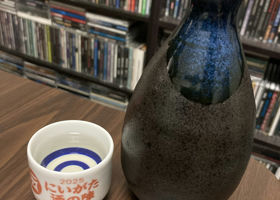
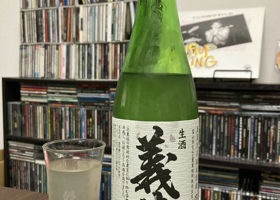
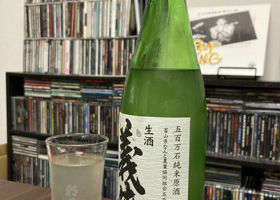
FSB
Last week, I had plans to visit Nagaoka, so I went to Sunmart, a local sake shop. I found a bottle of Gikyo-san standing alone in a refrigerated case at the back of the store!
Let's take a look. What a surprise! It was made in October 2023!
It's a two-year-old bottle of Nama-wara Oorigarami. It's a contradiction in terms of being vintage even though it's a bottle of nama-wara. (LOL).
It was a gamble, but my curiosity got the better of me and I picked it up.
Chivalry is one of my favorite brands of sake from outside of the prefecture, so it should be fine!
Now it's time to open the package!
I like it when sake bottles are wrapped in newspaper for a special touch.
Stir the cage well and open the bottle.
When poured, it is slightly golden yellow and gives the impression of being aged. There is also oriki and carbon dioxide.
The aroma is mild, with a nutty, aged aroma. It has a slightly complex flavor.
When drunk, it has the same nutty, aged flavor as the aroma. However, it is more of a flavor than a sweetness or richness.
The original flavor of the sake is the umami of Gohyaku-mangoku (five hundred million stone). The light and smooth alcohol taste, combined with the gaseous sensation, makes the sake finish crisp and clean.
It is delicious, too delicious!
I love Gikyo after all.
And thanks to Sunmart, which stocks treasures that you can't find at ordinary liquor stores...
Japanese>English
